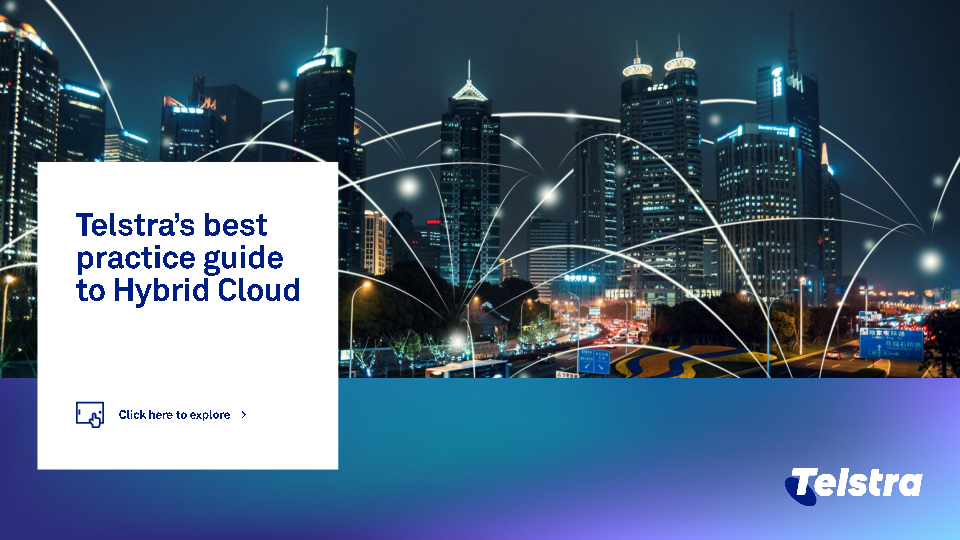Telstra's best practice guide to Hybrid Cloud
Hybrid Cloud is becoming the strategy of choice for enterprises that want the best of both public cloud and private cloud worlds. They want the flexibility and agility of multiple public clouds, the security and control of private infrastructure, and the ability to choose in which environment they place their legacy and cloud-native workloads.
However, hybrid is not without its challenges. It is complex to design and potentially costly to set up and manage.
Enterprises can easily find themselves dealing with data fragmentations and data split between several different environments and applications if the initial design and requirements are not structured properly. Heavy use of public cloud creates new security concerns such as data privacy leakage if strict compliance policies are not in place to govern its usage.
These issues can start to erode the business advantages promised by Hybrid Cloud. Solving them requires different approaches depending on where enterprises are in their Hybrid Cloud journey.

